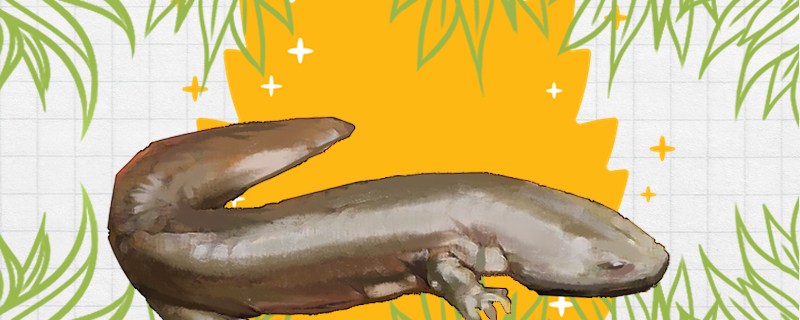
? Giant salamander is also known as "giant salamander". They are widely distributed in the world. Although they have the word "fish" or the radical "fish" in their names, they are not really fish, that is to say, they do not belong to the category of fish.
According to the category, fish refers to animals in the fish class, but giant salamanders do not belong to the fish class, they are animals in the amphibian class, amphibians. Although both Pisces and Amphibia belong to the phylum Chordata, they are two independent classes and do not intersect with each other. Therefore, as an amphibian, the giant salamander can not belong to the fish class at the same time, so it is not a fish.
? Fish refers to the fish class, but the giant salamander is not an animal in the fish class, but an amphibian in the amphibian class, so it is very easy to understand that the giant salamander is not a fish. In fact, giant salamander is a very typical amphibian, their outstanding characteristics are in line with the characteristics of amphibians, compared with fish, the difference is relatively large. One of the
more obvious differences is the difference in living environment. Fish are animals that live in the water, and they can only live in the water, and they can't survive too long out of the water. But giant salamanders are different. They live in water when they are young, but they can live on land when they are adults, which is why they are called amphibians. In addition, from the point of view of respiratory organs, fish use gills, and have been breathing with gills. Giant salamanders also breathe with gills when they are young, but they breathe with lungs when they are adults.